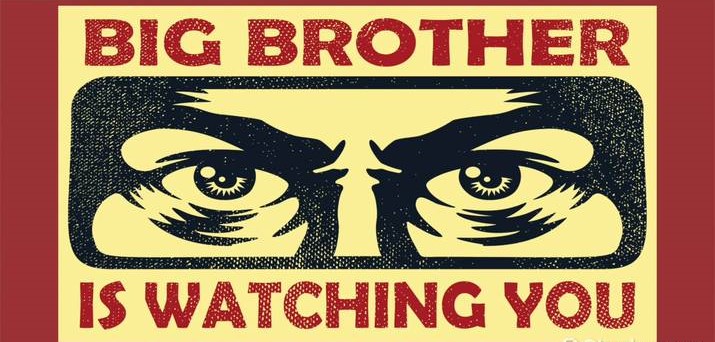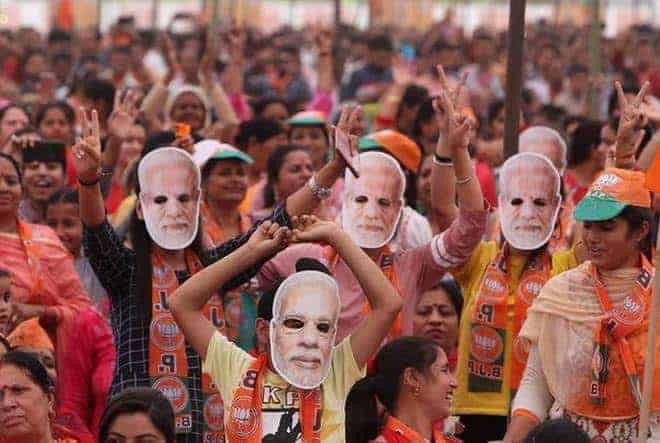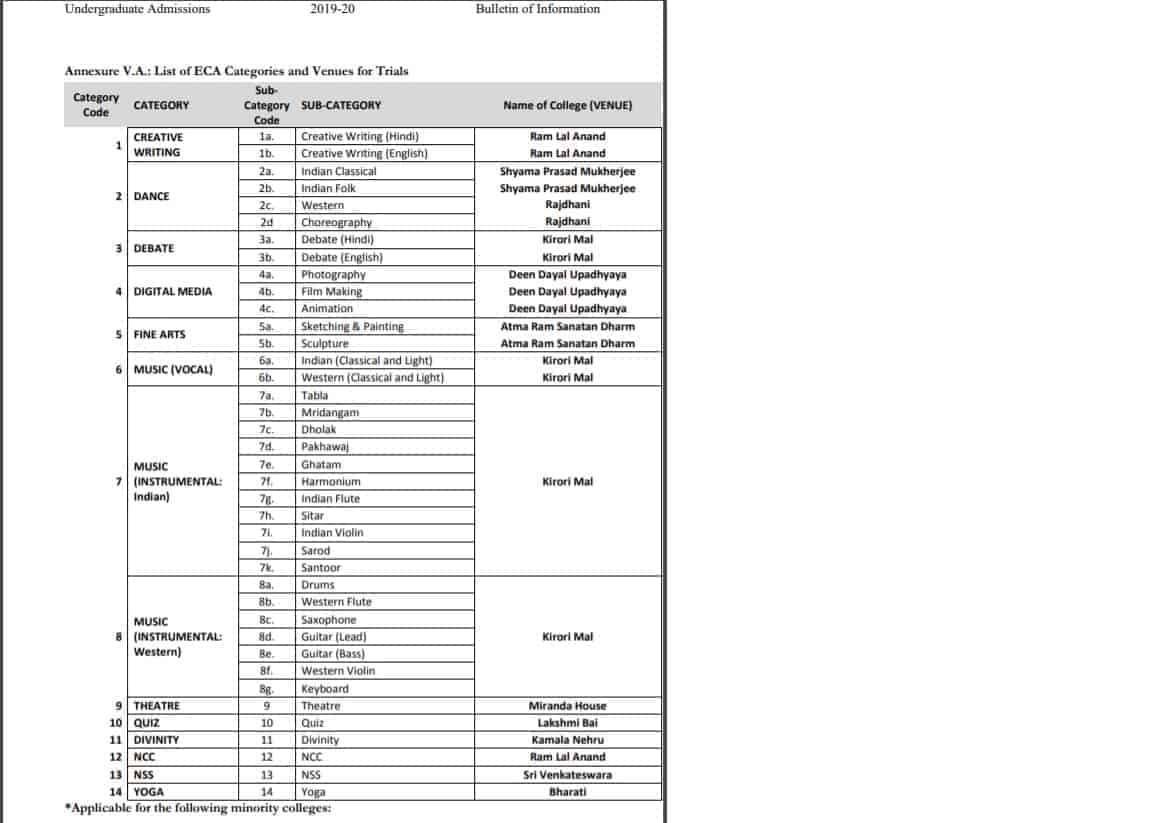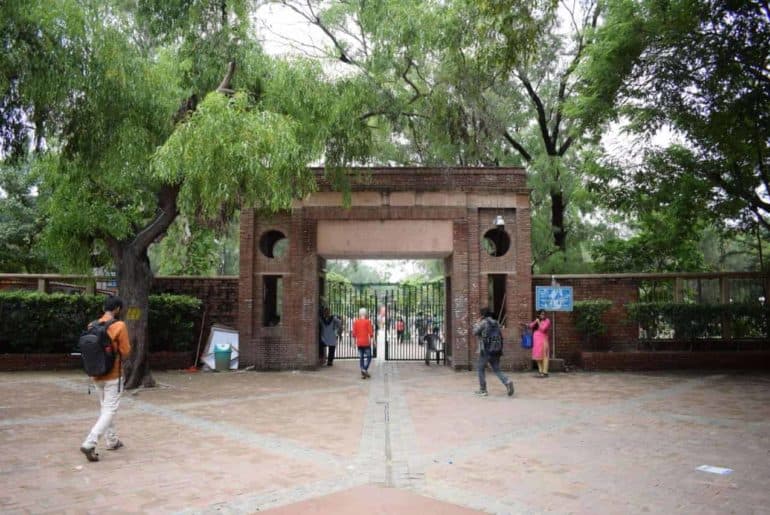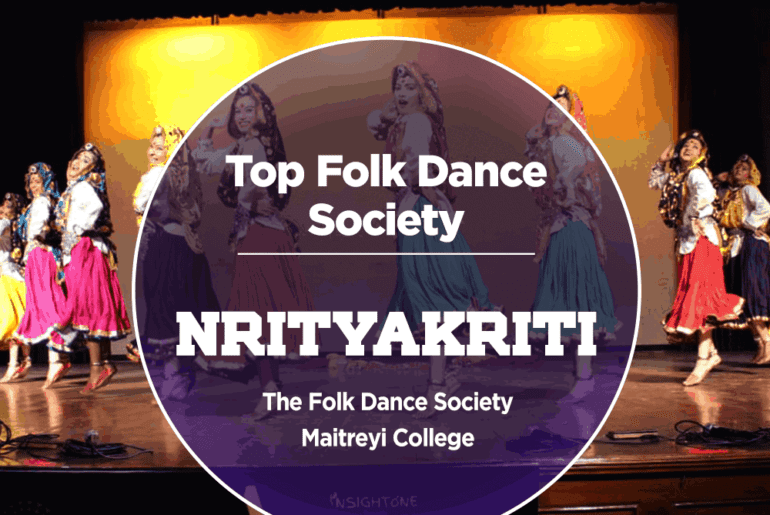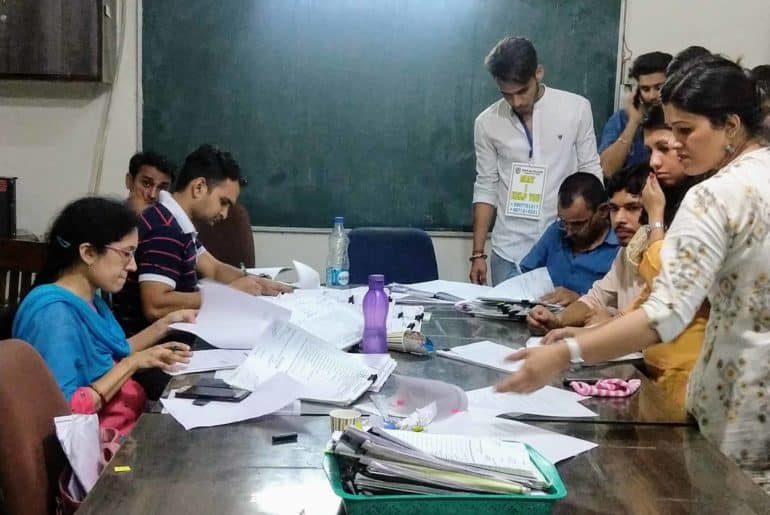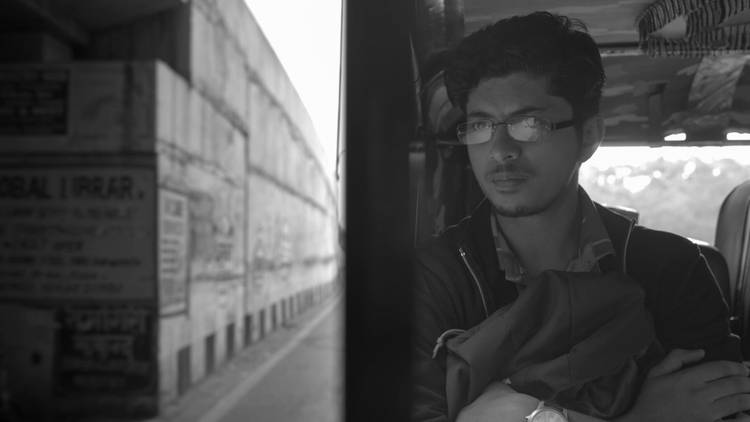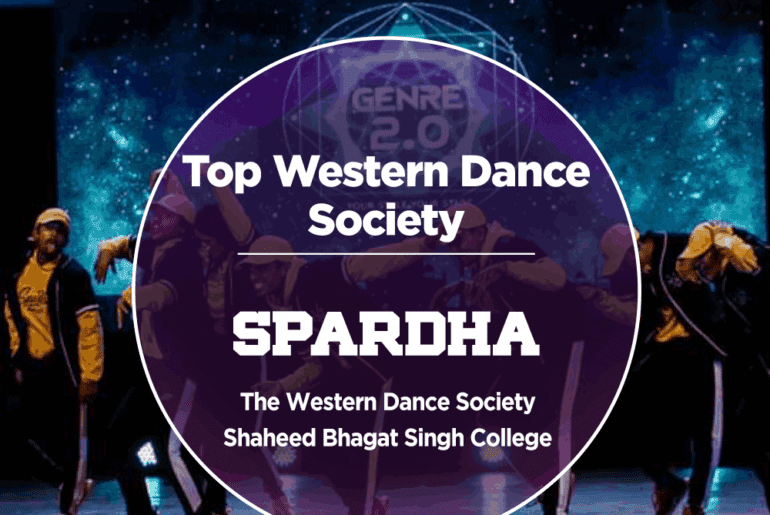George Orwell in his book 1984 pictures a dystopian world where tyranny of a single party has led to the establishment of a totalitarian state where freedom of expression is curbed, sexual repression is rampant and continuous selective propaganda is fed to public in order to refrain them from revolting. This novel which was published about 70 years ago is still relevant today and reiterates lot of things happening right now in our world.
The most chilling aspect that we can feel right now is the continuous surveillance and breach of our data and privacy by the Government. With the recent Facebook data scandal and possibilities of Aadhar being used as a mass surveillance tool, it becomes imperative to question how much of our private data is protected. This raises bigger questions of control and power through constant surveillance.
In the book itself, the public were monitored to such an extent that even the Television screens acted as the cameras through which the party kept an eye on everyone. The same thing can be translated to our social media through which we not only interact with other people but also share our private information which can be easily accessed by the Government to determine who is against them and who is with them.
Our social media presence is much more revealing than our actual presence as the data we access and information we leave can be crucial details pertaining to our whole life. These databases can be accessed to spread a particular propaganda through selective transference of information.
In the book, the Party motto “War is Peace” alludes to constant state of war that the country Oceania finds itself in. They try to channel the public hatred away from the party and towards an evil foreign force in order to bring forth cultural uniformity amongst the citizens. This psychological manipulation is so similar to what is happening at present where Governments in order to stay in power introduces paranoia of “Us against them”, “immigrants against locals”, and so on.
The public is intolerant of immigrants and they are usually seen with suspicion and hatred. The Government in order to hide their incompetency and to feed the increasing feeling of nationalism will not shy from waging war. The war on terror started by Bush administration has no immediate end. The Kashmir crisis on which India wages war against Pakistan seems like an indefinite war used to amass feeling of hatred and distrust against “them” with neither side coming up with any plausible solution.
The recent cases of distortion of history by the people in power also seems much similar to what The Party did in the book. They would continuously erase facts, manipulate history and create new facts in order to brainwash the public. This was done by Ministry of truth which ironically worked to produce lies and distort truth. This created an environment where the members of the party were in constant doubt, uncertainty, ignorance and relied heavily upon the party for all the information.
In the book, the party also introduced a new language which was Newspeak and with each new edition of the newspeak dictionary the words were removed. The aim of limited vocabulary was to narrow the range of thought and in result stop the thoughtcrime which means to think anything that was in opposition to the party.
In present time as well, with text messages determining the way we converse with each other has brought forth a language which relies more on slang and short-forms. A varied vocabulary helps in giving shape to ideas and ideas have power to change the course of the world.
George Orwell with this far-sighted book was able to put forward really meaningful aspects of what our future might look like under a totalitarian regime. It is chilling to realize how accurate some of his concepts were and how a novel published in 1949 still holds important relevance in 2019 as well.
Image credits: Study
Antriksha Pathania

